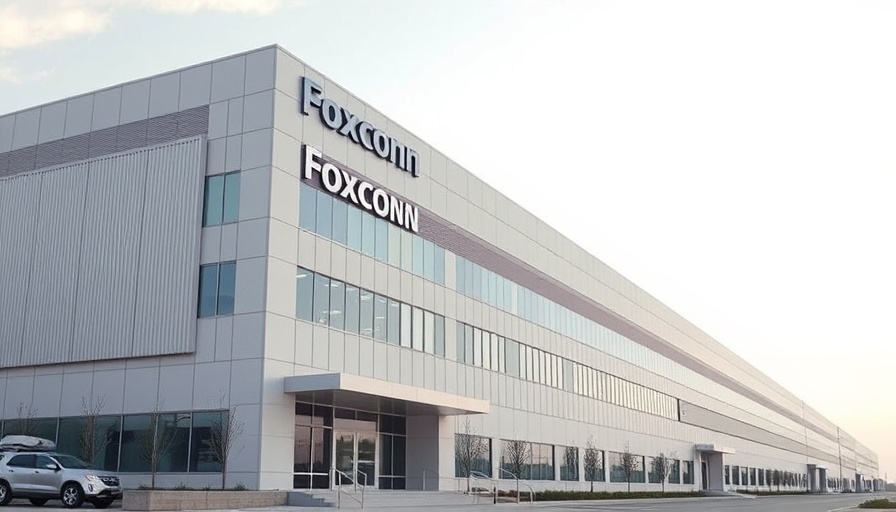
Significant Shift in Global Manufacturing
The decision from Foxconn, Apple's primary manufacturing partner, to repatriate over 300 Chinese employees from its Indian iPhone factories marks a significant inflection point in the ongoing shift of global manufacturing dynamics. This move underscores the complexities of international labor and trade relations, especially against the backdrop of rising tensions between China and India, compounded by evolving supply chain strategies influenced by geopolitical considerations.
Understanding the Motivations Behind the Exodus
Though the official reasons behind this return have not been fully elucidated, industry experts speculate that political pressures from China are driving this decision. Recent reports suggest that Chinese officials are increasingly focused on mitigating the outflow of technical expertise that could enhance India's manufacturing capabilities, particularly in high-tech sectors. This is indicative of a strategic shift aimed at safeguarding China's dominance in global tech manufacturing amidst an increasingly competitive landscape.
The Changing Landscape of iPhone Manufacturing
Foxconn's recent actions reflect a broader trend in Apple’s manufacturing strategy, which has been intensifying its India-based operations to dilute its historic reliance on Chinese labor. In addition to this labor return, Foxconn's substantial investment in a new $435 million semiconductor plant in India further illustrates this corporate pivot toward diversifying production facilities across the region. Apple's CEO, Tim Cook, highlighted these changes, explaining that the company's enhanced imports from India are a direct response to the uncertainties stemming from shifting tariffs and trade policies. This not only speaks to Foxconn's commitment to bolstering Indian manufacturing but also represents Apple's intent to remain agile in the face of geopolitical turbulence.
Global Tech News Relevance
This development is critical for technology enthusiasts and industry analysts alike, as it highlights the ongoing seismic shifts within the tech manufacturing sector. The implications of Foxconn's operational changes resonate well beyond the immediate impacts on supply chain logistics; it also offers a glimpse into the larger narrative of tech innovation and economic realignment. Understanding these movements allows stakeholders to better anticipate trends in tech product availability, price adjustments, and potential shifts in consumer markets.
Impacts on the Tech Industry
The repatriation of workers not only influences Foxconn and Apple directly but could also reverberate through the entire tech supply chain. Suppliers, component manufacturers, and service support networks in India and beyond must now recalibrate their strategies to respond to Foxconn’s new operational tactics. This may lead to a plethora of opportunities for local businesses, yet it also poses challenges, particularly for those remaining reliant on traditional supply chains concentrated in China.
Considerations for Future Prospects
As Foxconn and Apple continue to evolve their strategies in response to changing market conditions, industry watchers will be keen to observe how this multiplier effect influences emerging tech landscapes. The interplay between local capabilities in India and the historic production powerhouses in China will likely lead to new alliances and collaborations, reshaping the tech ecosystem holistically. Future tech news will continue to echo these dynamics, offering critical updates on how these changes affect not just manufacturing but consumer access to the latest innovations.
 Add Row
Add Row  Add
Add 



Write A Comment